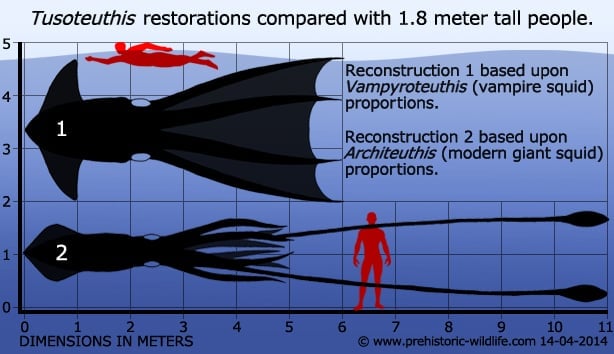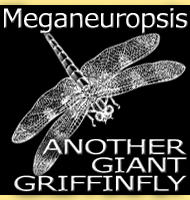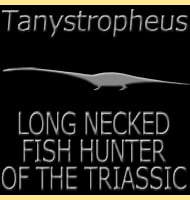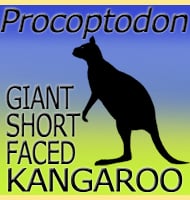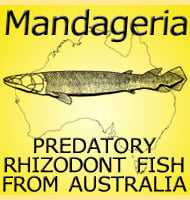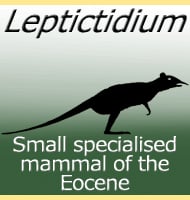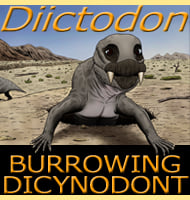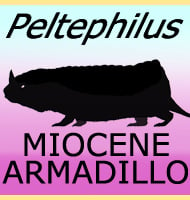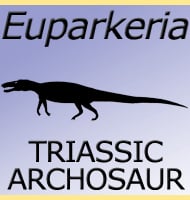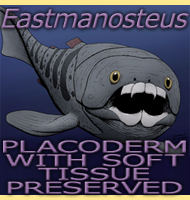In Depth
Tusoteuthis is a surprisingly little known Mesozoic animal, even though it is potentially one of the largest squids to ever swim in the ocean. Unfortunately the only preserved remains of Tusoteuthis currently known are of the gladius (sometimes called a ‘pen’). The gladius is essentially an internal shell that is a feature also seen in modern day squid genera that we can see swimming in the oceans.
Early comparisons of the gladius of Tusoteuthis saw it being compared to the gladius of Architeuthis, more popularly known as the giant squid. From this Tusoteuthis was estimated to have had a comparable mantle (main body) length to Architeuthis. Adding on the head, the arms and the feeding tentacles at full extension, the total length of Tusoteuthis was estimated at around eleven meters, a bit shorter than a very large specimen of the giant squid that we know today, and also smaller than Mesonychoteuthis, better known as the colossal squid.
However the interpretation of Tusoteuthis as being similar to Architeuthis has now been questioned with comparisons to Vampyroteuthis (better known as the vampire squid) now appearing. This is because the gladius of Tusoteuthis is actually more like the gladius of Vampyroteuthis in its form. If this is correct, and if Tusoteuthis had similar body proportions to Vampyroteuthis, then it certainly would not have been eleven meters long, but possibly around six meters with a much stockier body than Architeuthis.
Unfortunately without soft tissue preservation, even in the form of a rock impression, we will never know what the exact body proportions of Tusoteuthis were, all we can do is make a best guess. Given the presumed size of the animal such preservation is extremely unlikely unless a smaller juvenile was somehow preserved. Hope should not be lost however as the soft tissues of other cephalopod genera such as Proteroctopus, Vampyronassa and Palaeoctopus are known to us, though these specimens are of small individuals. There small size means that less sediment was required to bury and preserve them.
As a large cephalopod, Tusoteuthis is expected to have been a powerful hunter of animals including such things as fish and even other cephalopods. Also given the much higher abundance of marine reptiles during the late Cretaceous, it is perhaps possible that Tusoteuthis may have hunted and attacked smaller marine reptiles when given the opportunity. However there is strong fossil evidence that proves that Tusoteuthis were themselves attacked and eaten by other animals such as mosasaurs and large fish. There is even one specimen of a Tusoteuthis that was being swallowed by a Cimolichthys nepaholica, a type of fish related to salmon. This fish seems to have attacked a squid too large to swallow however as the gladius of the squid was found within the throat of the fish not the stomach. It’s probable that the squid became stuck while being swallowed mantle first, blocking off the gills so that the fish basically suffocated.
Further Reading
- Statigraphic and taxonomic significance of Tusoteuthis longa Logan (Coleoida, Teuthida) from the Pembina Member, Pierre Shale (Campanian), of Manitoba. Journal of Palaeontology, 61 (4) 727-737 - E. L. Nicholls & H. Isaak - 1987. - Cretaceous fish predation on a large squid. - Evolutionary Paleobiology of Behaviour and Coevolution, 195-197. - E. G. Kaufman - 1990. - Examples of vertebrate predation on cephalopods in the late Cretaceous of the Western Interior. - Evolutionary Paleobiology of Behaviour and Coevolution, 203-207. - J. D. Stewart & K. Carpenter - 1990.
